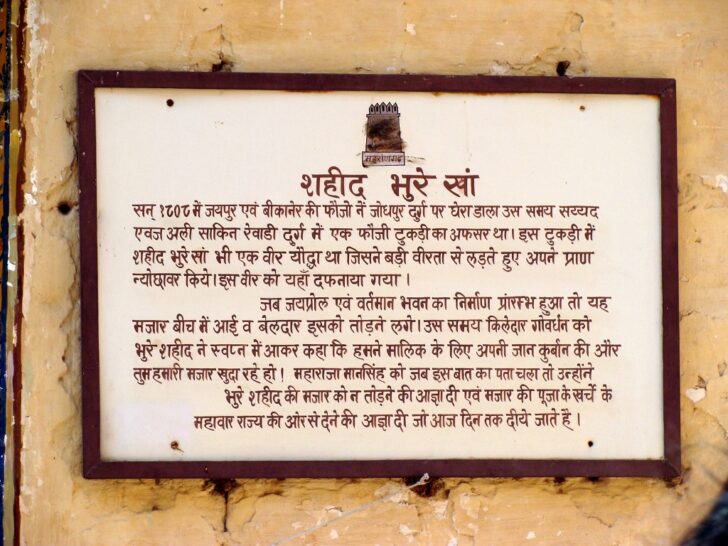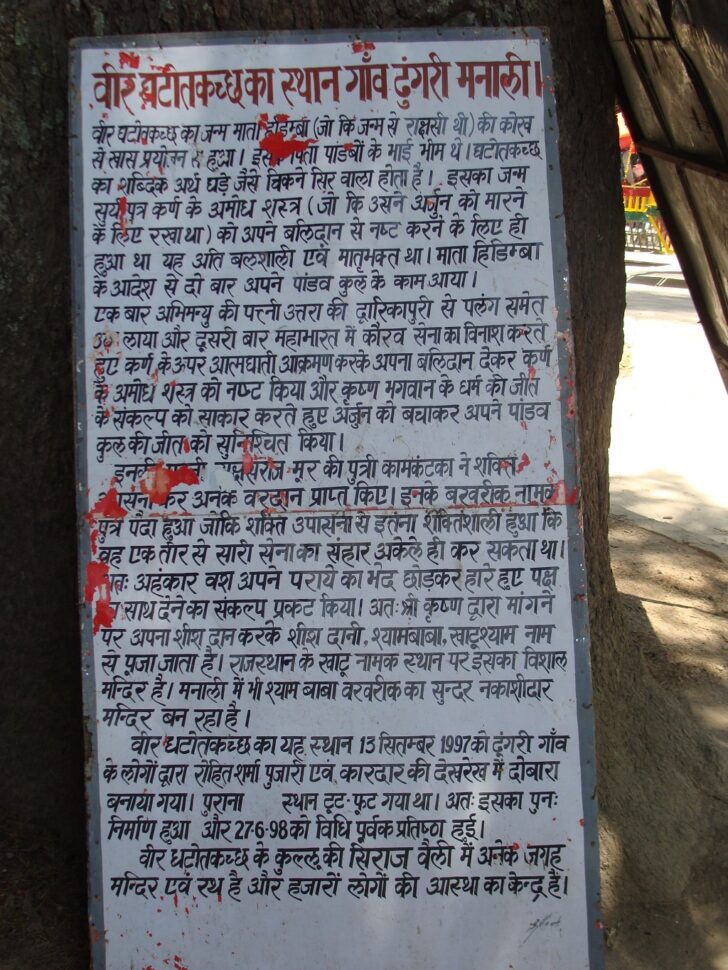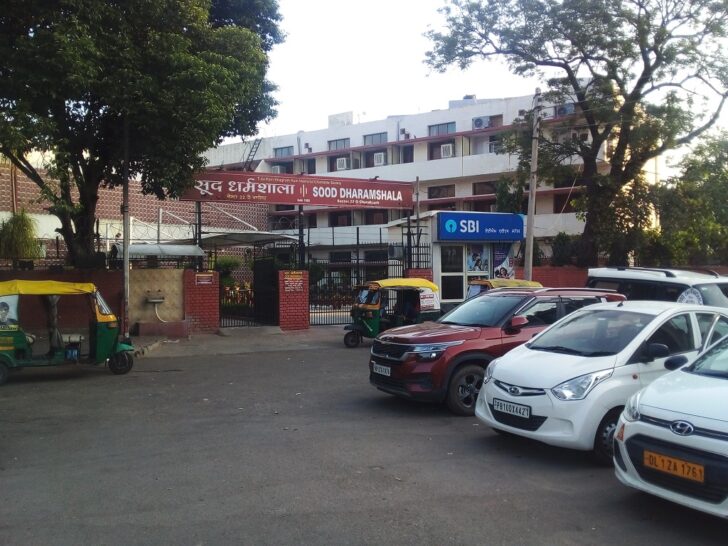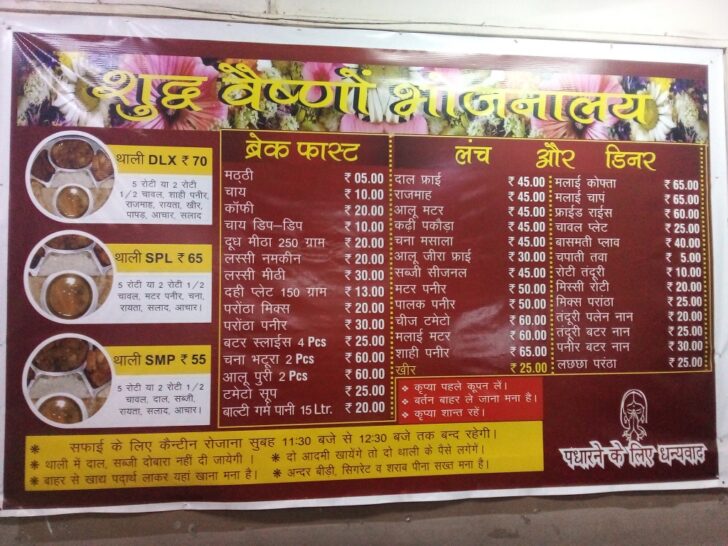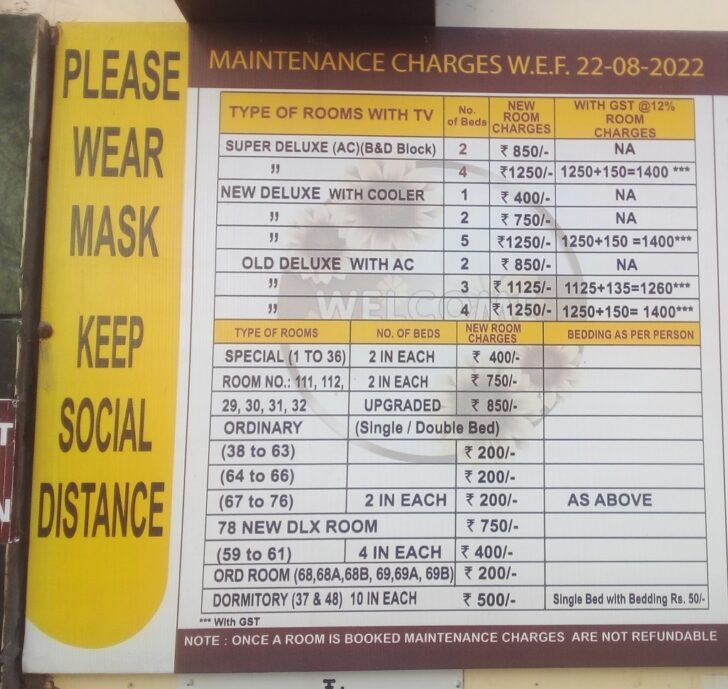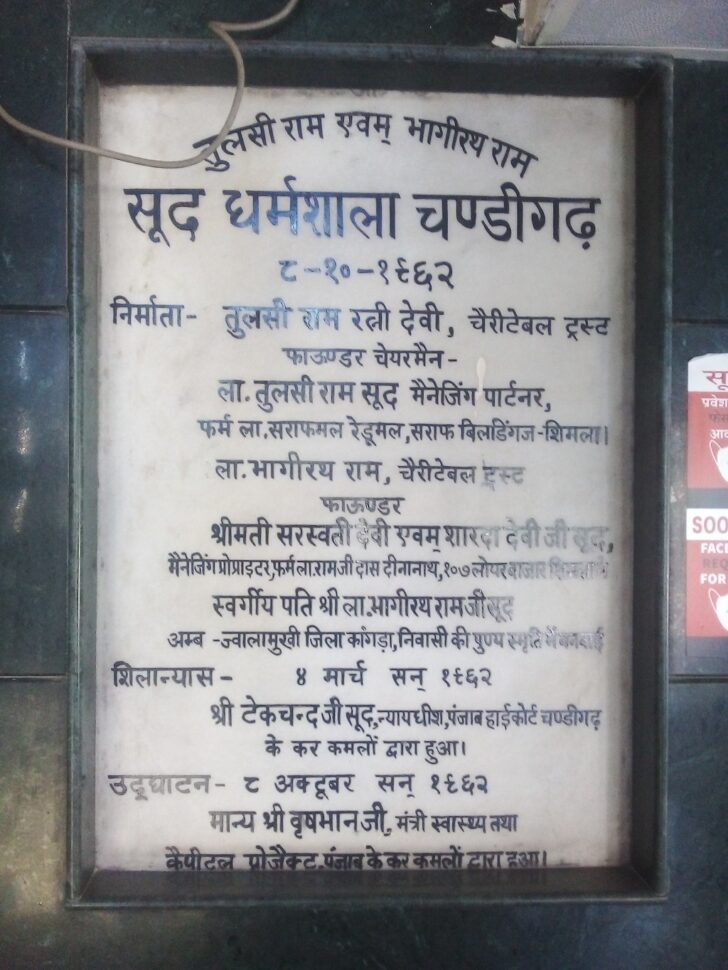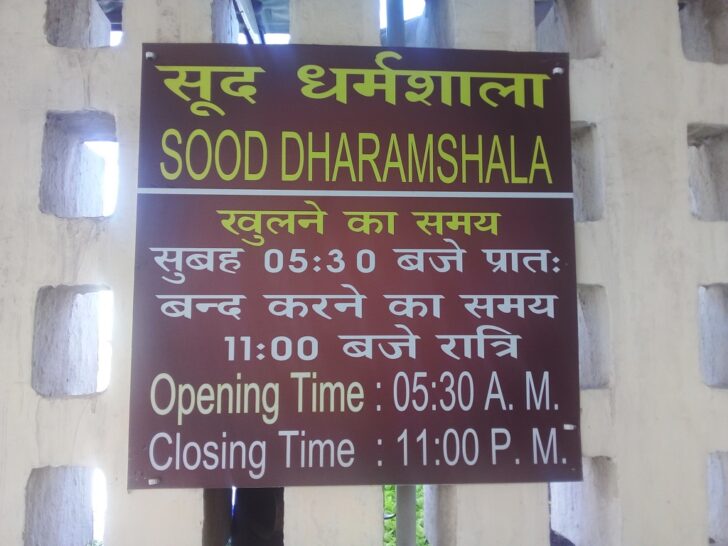Brave Ghatotkacha was born for a special purpose from the womb of mother Hidimba (who was demonic by birth). His father was Bhima, the brother of the Pandavas. The literal meaning of Ghototkacha is one with a smooth head like a pitcher. He was born only to destroy the infallible weapon of Sun’s son Karna (which he had kept to kill Arjuna) by his own sacrifice. He was very strong and devoted to his mother. By the order of Mother Hidimba, he came in handy for his Pandava clan twice.
Once Abhimanyu‘s wife Uttara was brought from Dwarkapuri along with the bed and for the second time in the Mahabharata, while destroying the Kaurava army, by making a suicide attack on Karna, he sacrificed himself and destroyed Karan’s infallible weapon and realizing Lord Krishna‘s determination to win the Dharm, he ensured the victory of his Pandava clan by saving Arjuna.
His wife, Kamkanthika, the daughter of Rakshasraj (demon) Mur, received many blessings by worshiping Shakti. A son named Barbarika was born to him, who became so powerful by worshiping Shakti that he could single-handedly kill the entire army with one arrow. Therefore, under the influence of ego, he expressed his resolve to support the defeated side, leaving the distinction of his own. Therefore, on the demand of Shri Krishna, donating his head is worshiped in the name of Sheesh Dani, Shyambaba, Khatushyam. He has a huge temple at a place called Khatu in Rajasthan. A beautifully carved temple of Shyam Baba Barbarika is also being built in Manali.
This place of Veer Ghatotkacha was rebuilt on 13 September 1997 by the people of Dhungri village under the supervision of Rohit Sharma priest and Kardar. The old place was broken. So it was re-constructed and duly established on 27.06.98.
There are temples and chariots at many places in the Siraj Valley of Kullu of Veer Ghatotkacha and it is the center of faith of thousands of people.
Click to learn more about Ghatotkacha.
Click to watch – How Veer Ghatotkacha die?
Like this:
Like Loading...
